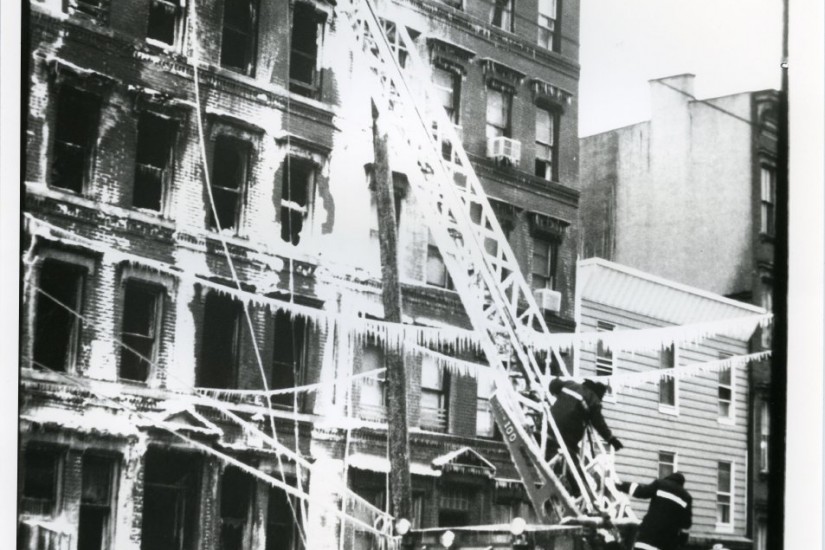As recently as the 1970s, cities like New York, Boston and San Francisco were notorious for blight, crime and fiscal insolvency. Today, these cities boast booming finance and tech sectors that are attracting young professionals and fostering gentrification. Housing prices have skyrocketed, as neighborhoods like Harlem saw rents spike by 50 percent from 2000 to 2010. Soaring rents often push out low-income tenants in gentrifying neighborhoods. But bigger bills are not the only way tenants have been displaced. In San Francisco, a series of suspicious fires in 2015 and 2016 led many to suspect that landlords were using arson to displace low-income residents and convert their buildings to condos for highly paid tech workers.
Shocking as this sounds, it would not be the first time that more aggressive, even violent methods have been used to displace poorer tenants. While gentrification is sometimes thought of in genteel terms, that hasn’t always been the case. As gentrification accelerated in the late 1970s, a growing professional industry that promised urban revival and higher rents brought about harassment and even deadly violence to people living in the very neighborhoods starting to boom.
Take the case of New York. While gentrification had been occurring, if slowly, since the 1960s, the deregulation of Wall Street — and the resulting hiring boom at the city’s banks, consulting companies and law firms — changed everything. From 1977 to 1987, Manhattan’s financial sector added 151,755 jobs. By 1987, 1 in 3 Ivy League grads headed to Wall Street, up from 1 in 30 in 1977. As banks grew, all 30 of New York’s largest law firms doubled in size, too. So did most of the city’s consulting firms.
All those young, highly paid bankers, consultants and lawyers needed somewhere to live — preferably a renovated apartment with easy access to their jobs in Manhattan.
That flood of young professionals transformed many New York neighborhoods, from Brooklyn Heights to SoHo to the Upper West Side. But nowhere was the change as fast or as ferocious as in Hoboken, N.J., a city of 45,000 people just across the Hudson River. In the 1960s, it was poor: It had the second-highest rate of welfare recipients in the state, and unemployment topped 12 percent. But in the mid 1970s, a marketing campaign led by the local redevelopment agency brought a trickle of newcomers — first artists and brownstoners, then a stream of well-heeled bankers and lawyers.
